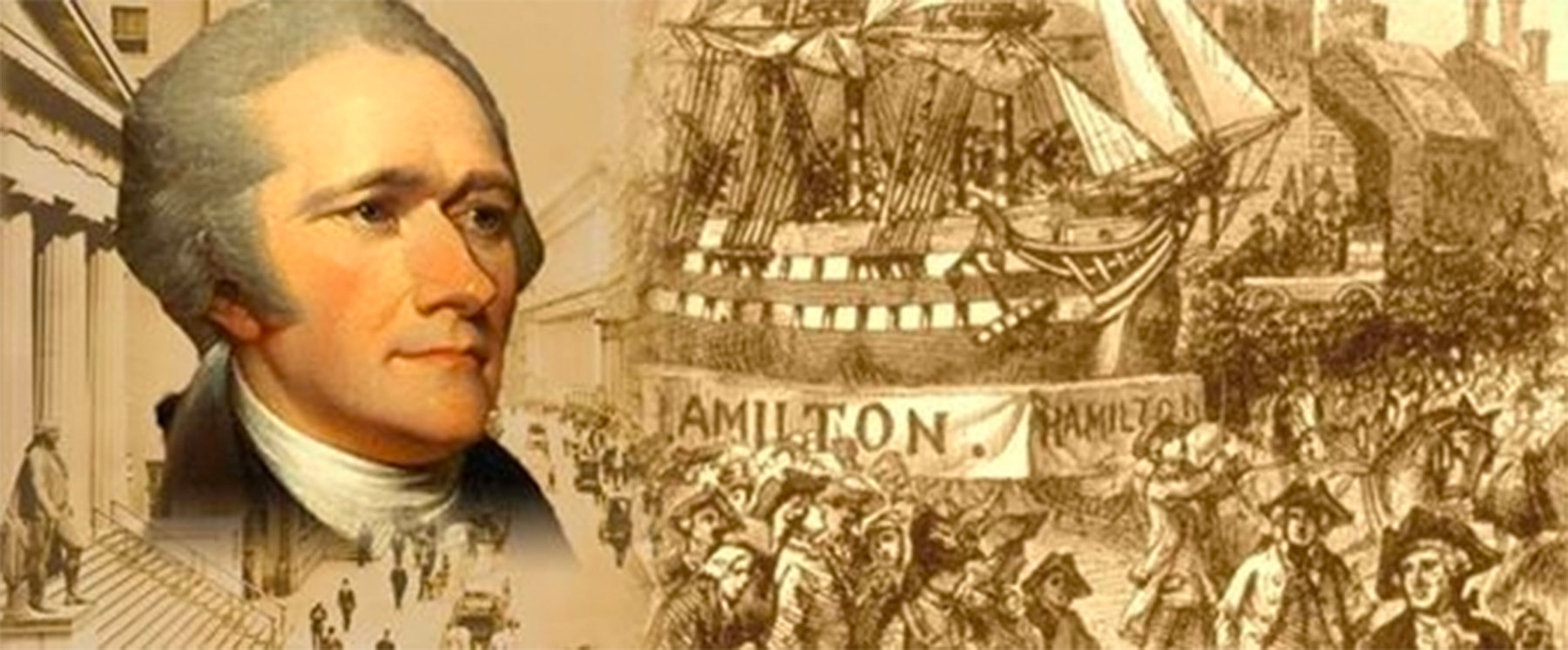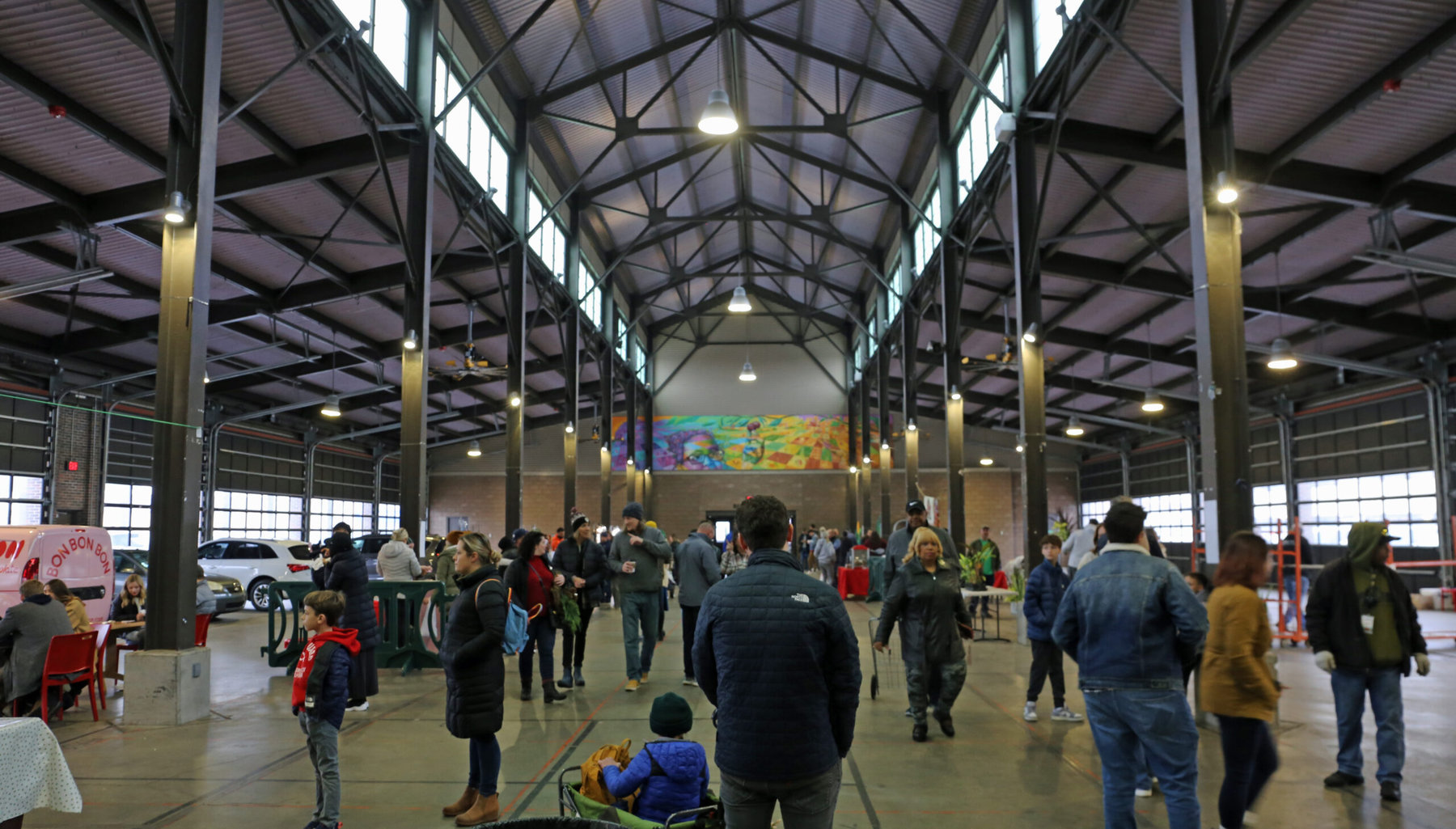The previous two installments in this series, “The Tools Revolution” and “Agility,” of course concentrated on the private businesses, large and small, and the entrepreneurs who have created and applied the tools that are changing manufacturing in a way parallel to what the internet era has done for (and to) the creation and dissemination of ideas.
But just about every complex achievement has a complicated back story. In their recent book American Amnesia: How the War on Government Led Us To Forget What Made America Prosper, Jacob Hacker of Yale and Paul Pierson of Berkeley underscore what any honest look at economic history reveals. Namely, that the great eras of economic advancement, from England during the first modern industrial revolution, to the versions of that achievement in Germany and the United States and Japan, to the transformation of post-Mao China, have involved public efforts that promote, support, and encourage private economic innovation.
In modern China’s case, the government’s major role for better (and worse) has been obvious. Similarly with the 20th century rise of Japan and Germany — and England through its era of most rapid growth as well, for those who have actually read Wealth of Nations and know that it is something quite different from a libertarian tract. This is a case I tried to lay out in detail long ago in an Atlantic story called “How the World Works,” which is online.
For now I’ll skip the rest of the argument about how public/private interactions have been so much more fruitful than either alternative: pure statism, or entrepreneurs without the benefit of public investment (for instance, in medical sciences, agriculture, aerospace, info-tech in America), public education, public infrastructure, public rules of fair competition, and so forth. I direct you instead to the Hacker and Pierson book — or to a musical you might have heard of, called Hamilton.
Instead I’m using the occasion of tomorrow’s kickoff of the National Maker Week, at the White House, to note some of the public ways in which city, state, and national institutions have been encouraging the private I’ve mentioned and will describe in further installments.
1) From the White House. You can read about the “Nation of Makers” events that kick off on June 17 here. If the current administration were Republican, its support for small-scale entrepreneurs involved in tangible manufacturing would seem natural. Since the current administration is not Republican, I take its support as a sign that maybe — God willing? — we might actually have a case of agreement on practical economic advancement for Americans, beyond the normal national-level paralysis. Maybe?
Please let me dream for a minute.

2) Also at the national level: the health system embraces the makers. A surprising amount of the modern health-care establishment involves tangible things. Monitors, prosthetic and assistive devices, implants, testing systems — things that have to be made.
It turns out that the federal Department of Health and Human Services is sponsoring its own specialized maker movement. The Chief Technology Officer of HHS, Susannah Fox, describes the program’s ambitions in a Medium post here. (For the record: she is a longtime friend, and a former colleague of my wife Deb’s, when they both were at Pew.) Sample:
The widespread popularity of 3D printers has created an opportunity for the production of custom-designed assistive devices like prosthetic hands and arms. E-NABLE is a network of volunteers who will take an order, for example, from someone who has lost their fingers or has a birth difference, but would like to be able to pick up an object. This peer-to-peer community shares open-source prototypes and publishes their design files in the public domain so that anyone can copy and improve on their ideas.
The National Institutes of Health’s 3D Print Exchange is an online portal to open-source data and tools for discovering, creating, and sharing 3D-printable models. This platform also enables the sharing of designs for on-demand, low-cost prosthetics and assistive devices. The goal is to empower researchers, clinicians, and the public with high-quality, informative models that inspire new discoveries that transform science and health care.
More on the HHS “IDEA Lab” initiative here and here.
Why do I mention this? Because when you think “giant federal bureaucracy,” this might not be the first association that comes into your mind.
Here’s a video on how HHS thinks that a maker-style approach to 3-D printing might make a difference in medicine:
3) A Congressman on making. Mark Takano is a Democrat who represents California’s 41st District. The 41st is part of Southern California’s unloved Inland Empire region, something I’m allowed to say because it’s my homeland. (Until the latest redistricting, the the 41st included my home town of Redlands, which is now part of Rep. Pete Aguilar’s 31st. Riverside is the main city in the 41st.)
Rep. Takano has made Making one of his special interest, and he has published several interesting pieces as part of Medium’s “A Nation of Makers” series (which I also recommend). about it. Here are two: “What Do We Do With These Empty Wal-Marts,” about a constructive use of the big-box-retail era’s counterpart to abandoned factories; and “The Maker Movement Is About the Economy, Stupid,” about the real-world consequences of these public-private efforts. When you think of the crusades on which today’s politicians have decided to launch, this looks all the more practical-minded and worthwhile.

4) The professional societies weigh in. Last fall the National Science Foundation underwrote a project from the American Society for Engineering Education to assess the importance and impact of the nascent maker movement. You can read their report here (PDF). Sample:
The Maker Movement is poised to have a significant impact on manufacturing, presenting new opportunities for Makers and small businesses and dramatic shifts for established manufacturers.
Making will likely warrant a shift in the manufacturing landscape, which will allow both large and small businesses to function concurrently and successfully.
This potential shift is being caused by several factors: People now have access to the tools that allow them to manufacture on a smaller scale; the boundary between product makers and product sellers is becoming more and more blurred…; consumers want increased personalization, customization, and a human aspect to the product they are purchasing; and people now expect products to provide distinct services (like fitness trackers and smart thermostats).
More tomorrow on a new report being released in conjunction with the White House events. Main for the moment: the big advances in American ingenuity and prosperity have involved shrewd combinations of private and public efforts, and that approach is being applied here as well.




